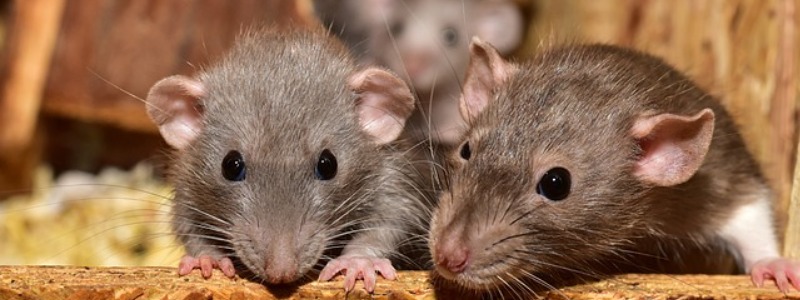Roof Rats in Texas
Contents
- Roof Rats in Texas
- Signs of Roof Rats
- How to Get Rid of Roof Rats
- Roof Rat vs. Norway Rat
- Texas Roof Rat FAQ
- What kind of damage can roof rats cause?
- Do Roof rats Come into the House?
- Are roof rats dangerous?
- How big are roof rats?
- What should you do if you have a roof rat infestation?
- How Do You prevent roof rat infestations?
- Can roof rats climb up walls and onto roofs?
- How can you seal your home to prevent roof rat entry?
- Conclusion
Have you heard strange noises coming from your attic or ceiling at night? It could be a sign that you have a Texas roof rat infestation. Roof rats, also known as tree rats, are a common pest in Texas homes. These rats are smaller than their cousins, the Norway rats, but they are more agile and better climbers. This makes them more likely to make their nests in attics and ceilings, where they can cause damage and spread disease.
Signs of Roof Rats
How can you tell if you have a roof rat infestation? There are several signs that you may have a roof rat infestation. These include hearing scratching or scurrying noises in your attic or ceiling, finding roof rat droppings around your home, and seeing signs of gnawing or chewing on wires, insulation, or wooden beams. You may also notice greasy marks along walls or near rat holes.
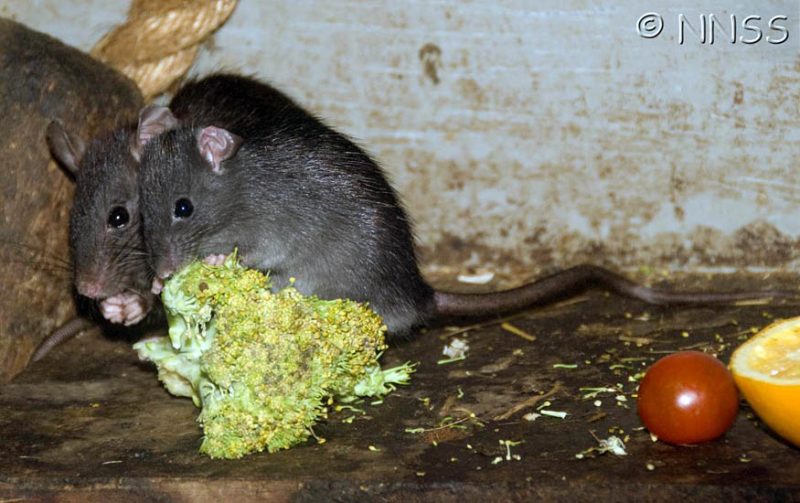
How to Get Rid of Roof Rats
Common methods for eliminating roof rat infestations include trapping and removal, exclusion techniques to prevent rats from entering your home, and the use of rodenticides. Working with a professional pest control company is important to determine the best course of action for your specific situation, as some methods may not be effective or safe for your home and family.
Roof Rat vs. Norway Rat
Both black rats (Rattus rattus) and brown rats (Rattus norvegicus) can be found in Texas, but roof rats (another name for black rats) are generally more common in urban areas.
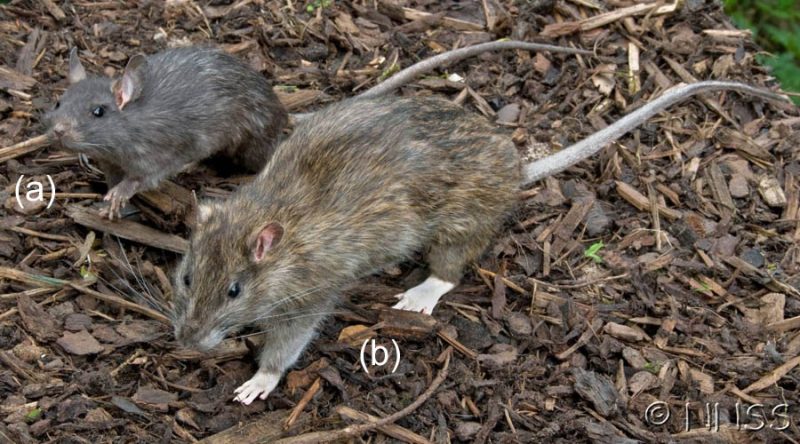
- Brown rats, or Norway rats, on the other hand, are more commonly found in sewers and basements.
- Black rats, or Roof rats, are known for their ability to climb and are often found nesting in high places such as trees, roofs, and attics.
Both species of rats can cause damage to homes and spread disease if left unchecked. If you are experiencing a rat infestation in your home or property, it’s important to eliminate the problem as soon as possible to prevent damage and potential health risks.
Brown rats (Norway rat)
Norway rats are larger than roof rats, with a body length of up to 10 inches, compared to roof rats’ 6-8 inch body length. Norway rats also have shorter tails than roof rats, with a tail length less than their body length.
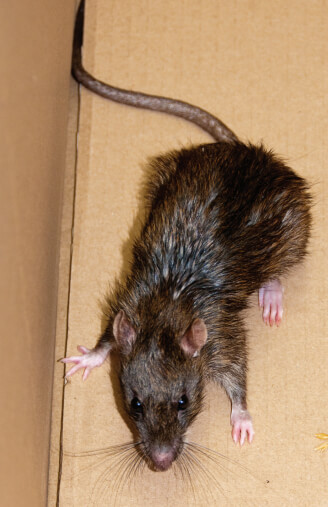
Black Rats (Roof Rat)
Another rat found in Texas is the black rat, also known as the ship rat or roof rat. The black rat is similar in size to the roof rat but has a longer and more slender body, with a tail that is longer than its body length. Black rats are also excellent climbers, often found in attics and roofs.
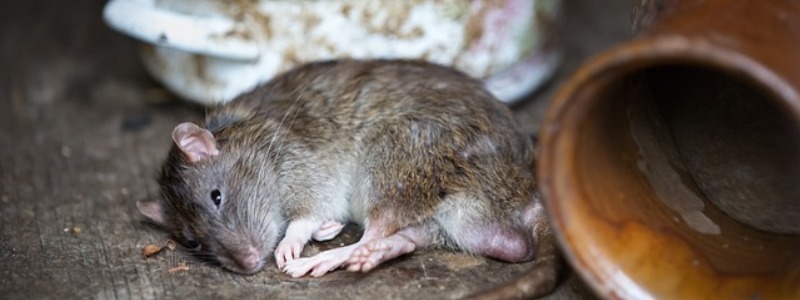
Overall, while several types of rats are found in Texas, roof rats are the most common and are known for their agility, climbing ability, and tendency to make their nests in attics and ceilings. Norway and black rats are less common in Texas but are still important pests to be aware of.
Roof rats are not native to Texas, and it’s unclear exactly when they were first introduced to the state’s cities. However, they likely arrived in Texas on ships from Europe in the 1700s or 1800s. Since then, they have become an established pest in urban areas throughout the state.
Texas Roof Rat FAQ
Roof rats are particularly common in warm, humid cities such as Houston, Dallas, and Austin. They are known for their ability to climb and their tendency to nest in attics and other high places, hence their name “roof rats.”
What kind of damage can roof rats cause?
Roof rats can cause a lot of damage to your home. They can chew through electrical wires, causing fires. They can also chew through insulation, leading to increased energy bills. In addition, they can cause structural damage by chewing through wooden beams and rafters.
Do Roof rats Come into the House?
Roof rats make their nests in attics and ceilings because they provide a warm and protected environment for the rats to live in. They also provide easy access to food sources, such as garbage cans and pet food bowls. Additionally, roofs and ceilings are perfect for rats because they allow them to move around without being seen by humans.
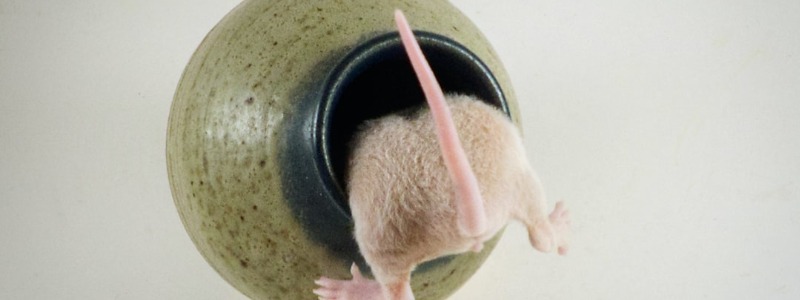
Are roof rats dangerous?
Roof rats can be dangerous to humans because they can carry diseases such as Hantavirus and Salmonella. In addition, they can contaminate food and water sources with their feces and urine. It’s important to prevent and eliminate roof rat infestations in your home.
How big are roof rats?
Roof rats are smaller than Norway rats, with adults typically weighing between 5 and 10 ounces. They are about 6 to 8 inches long, with a tail longer than their body.
What should you do if you have a roof rat infestation?
If you suspect you have a roof rat infestation, it’s important to act quickly. Contact a professional pest control company to inspect your home and provide recommendations for elimination and prevention. Do not attempt to handle the infestation alone, as it can be dangerous and ineffective.
How Do You prevent roof rat infestations?
Some common ways to prevent roof rat infestations include sealing all possible entry points into your home, keeping garbage cans sealed and away from home, and storing pet food in sealed containers. Regularly trimming trees and shrubs near your home can also help prevent roof rats from accessing your roof.
Can roof rats climb up walls and onto roofs?
Roof rats are excellent climbers who can climb up walls, trees, and other vertical surfaces to access your roof. They can enter your home through small cracks or openings in the roof or walls.
How can you seal your home to prevent roof rat entry?
To seal your home and prevent roof rat entry, start by inspecting the exterior of your home for any cracks, gaps, or holes that rats could use to enter. Seal these openings with steel wool, caulk, or wire mesh. Trim back any trees or shrubs close to your home, and ensure your roof and attic are well-ventilated to prevent moisture buildup that can attract rats.
Conclusion
Texas roof rats, also known as tree rats, are a common pest in Texas homes. They are smaller than Norway rats but more agile and better climbers, which makes them more likely to make their nests in attics and ceilings. If you suspect you have a roof rat infestation, it’s important to act quickly to prevent damage to your home and the spread of disease. To prevent infestations, seal your home and eliminate potential food and water sources. Work with a professional pest control company to develop a plan for elimination and prevention that is safe and effective for your home and family.
Key takeaways
- Texas roof rats, or tree rats, are a common pest in Texas homes.
- Roof rats are smaller than Norway rats but more agile and better climbers.
- Roof rats can cause damage to your home by chewing through wires, insulation, and wooden beams.
- To prevent roof rat infestations, seal your home and eliminate potential food and water sources.
- Work with a professional pest control company to develop a plan for elimination and prevention that is safe and effective for your home and family.
Resources
- Texas A&M Agrilife Extension: Roof Rats – https://www.austintexas.gov/sites/default/files/files/Health/taes-rodent_control_handout.pdf This resource provides information on the identification, biology, behavior, and control of roof rats in Texas.
- City of Austin, Texas: Roof Rats – https://www.austintexas.gov/department/roof-rats This resource provides information on identifying roof rats, signs of an infestation, and control methods.
- TAMU – Rodents in the Attic – https://citybugs.tamu.edu/2016/01/05/rodents-in-attics/ This resource provides information on the biology, behavior, and control of roof rats, including specific information on their distribution in Texas.
- PestWorld.org: Roof Rat – https://www.pestworld.org/pest-guide/rodents/roof-rats/ This resource provides general information on roof rats, including their habitat, behavior, and control measures.
- Texas Parks and Wildlife: Rats – https://tpwd.texas.gov/education/resources/texas-junior-naturalists/learn-about-animals/rats This resource provides information on various species of rats found in Texas, including roof rats, brown rats, cotton rats, and their behavior and habitat.

